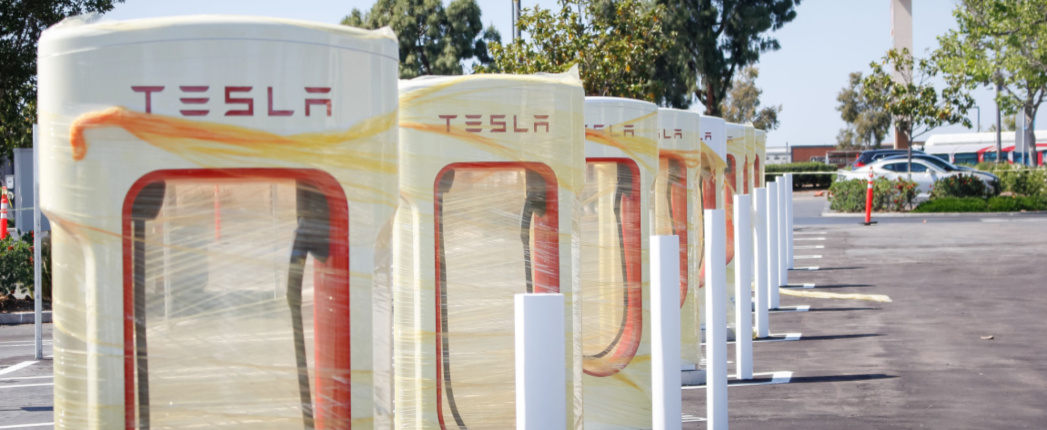
Uptake of electric vehicles in the United States has passed the 5% tipping point, setting the world’s second-largest auto market on the path to mass adoption of electrified transport, according to Bloomberg NEF.
Annual sales of plugin EVs in the U.S. have grown steadily over the past decade, reaching 630,000 in 2021, up from 16,000 in 2011. Combined with the two other biggest global markets, China and the European Union, they account for 90% of electric car sales globally, according to GM.
Now that the 5% threshold has been reached, a period of exponential growth known as the “S curve” will follow, Bloomberg predicts. Its forecast is based on observation of other EV markets where this has occurred, including the United Kingdom and Norway.
But as a forecasting tool, it is not foolproof and should not be considered so, a marketing academic told Lube Report.
“The electric vehicle market relies on an ecosystem to grow,” said Steven Seggie, associate professor of marketing at the Paris-based ESSEC. “This ecosystem involves charging infrastructure that has to be in place to give drivers the confidence to switch to electric.”
Despite this growth, the U.S. lags in the installation of charging points. Rollout is going slowly, even though plenty of money is available to finance it. States have access to U.S. $424 million for charging stations as part of the $2.8 billion settlement from Volkswagen for the diesel emissions test scandal in 2017. Since then, only half the money has been spent. The Biden administration’s pledge of $7.5 billion for EV infrastructure could also languish.
“Also, given supply chain issues around chips, production of electric cars is at the mercy of chip suppliers,” Seggie said. Dealers are placing heavy markups on limited stocks as OEMs struggle to get vehicles completed and off the production line.
Concerns over climate change and tightening emissions regulations led by California have pushed the country’s “big three” legacy automakers, GM, Ford and Stellantis, to all announce electrification plans this year. These legacy carmakers join three new pure battery EV companies, Tesla, Rivian and Lucid, and overseas companies to create a range of around 30 models to choose from, costing between $27,000 and $110,000.
The gas-guzzling car is intertwined with the country’s cultural identity. Although inflated fuel prices have swung the market toward EVs, as they deflate the market could swing in the opposite direction.